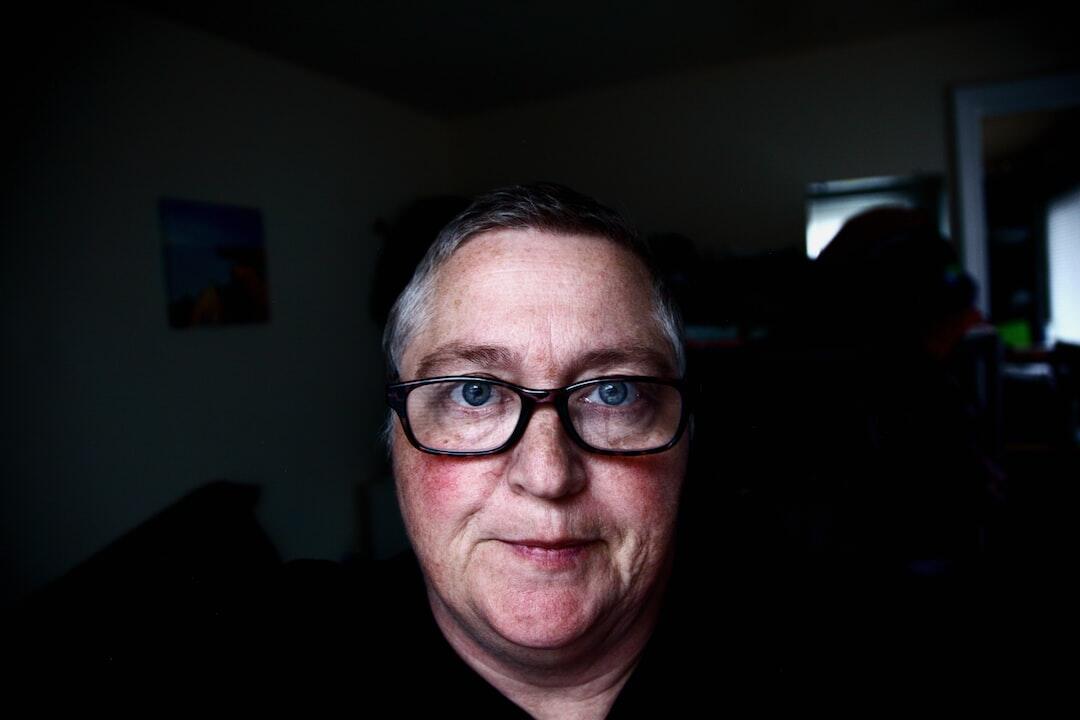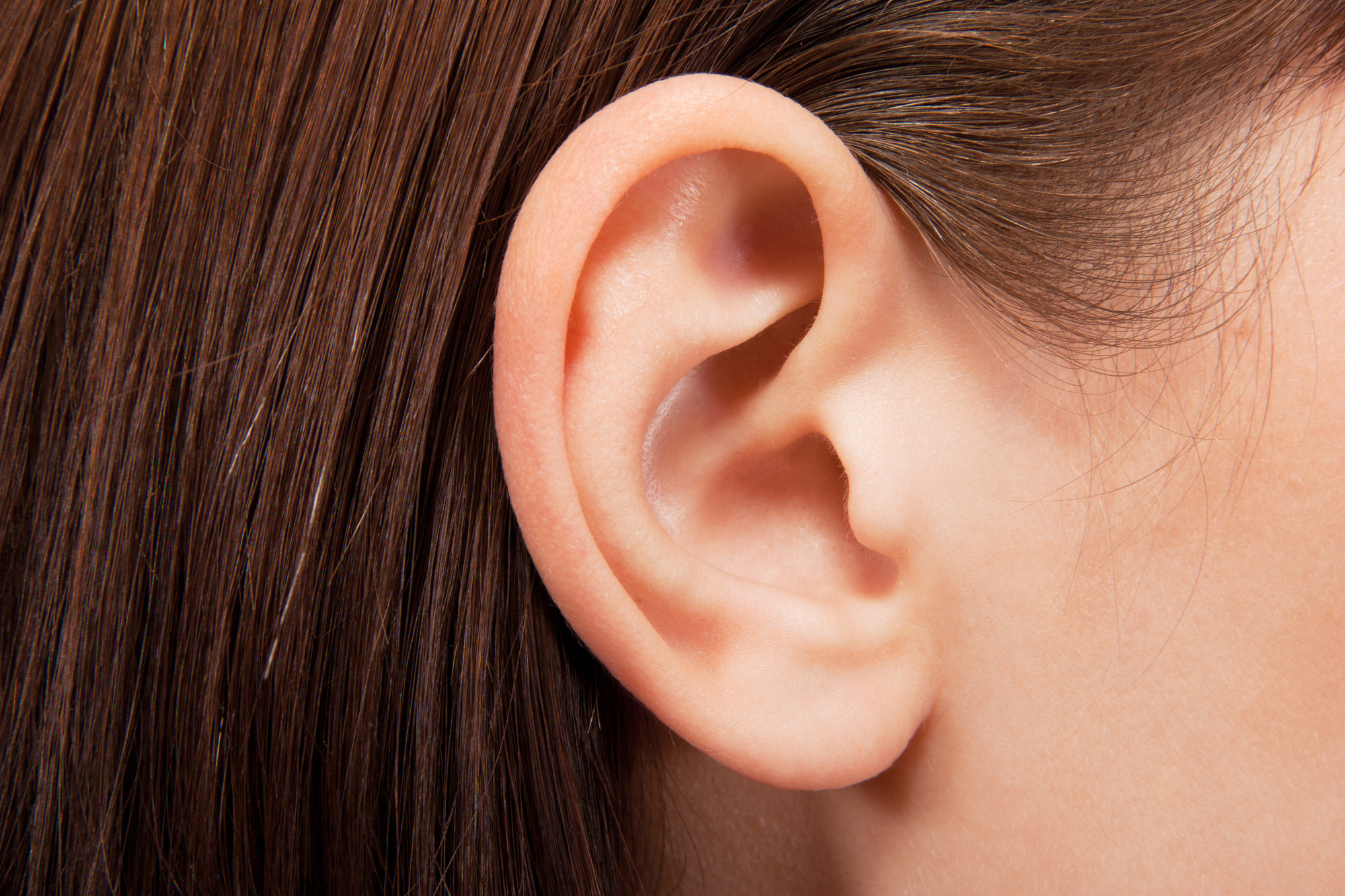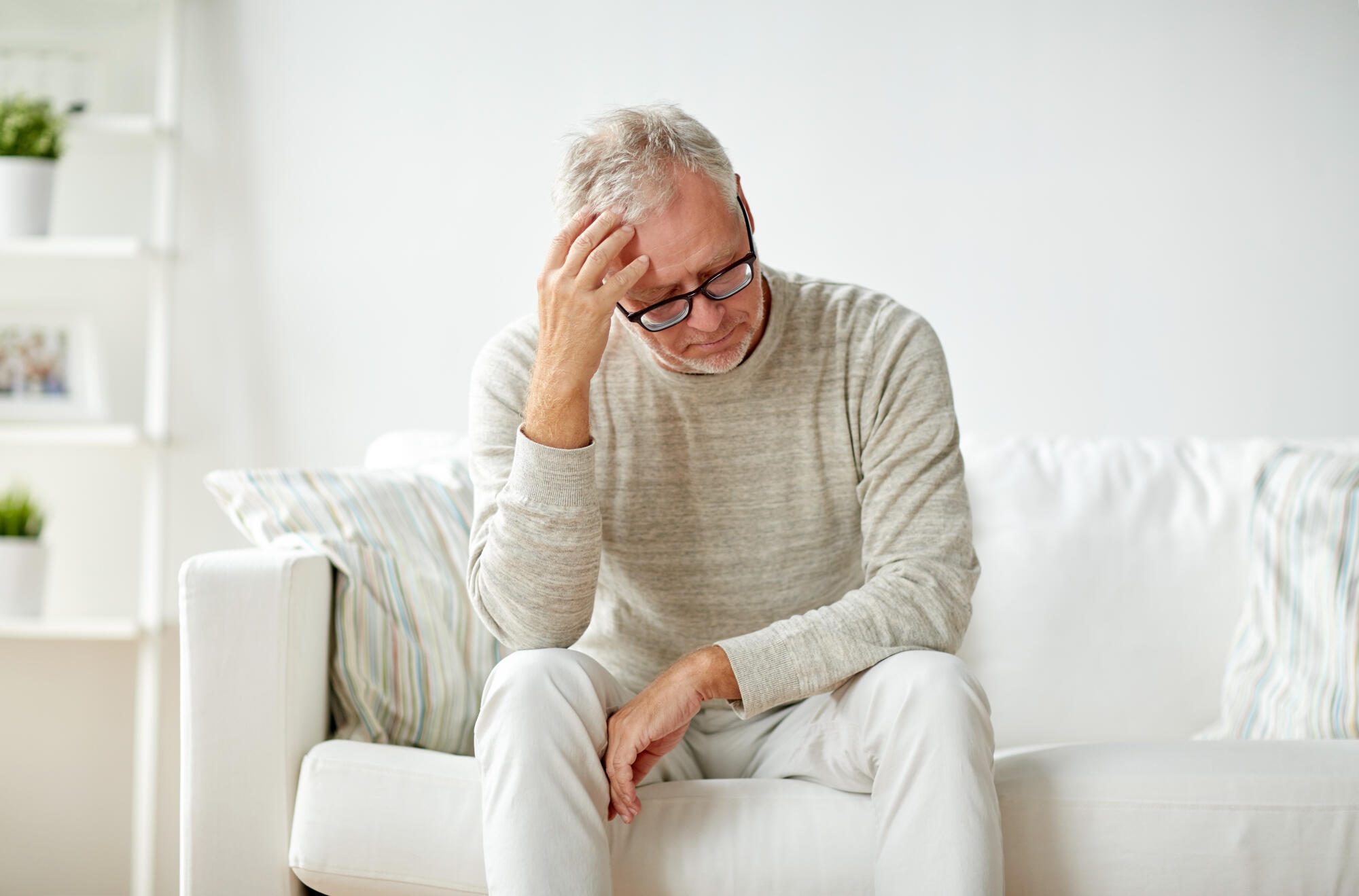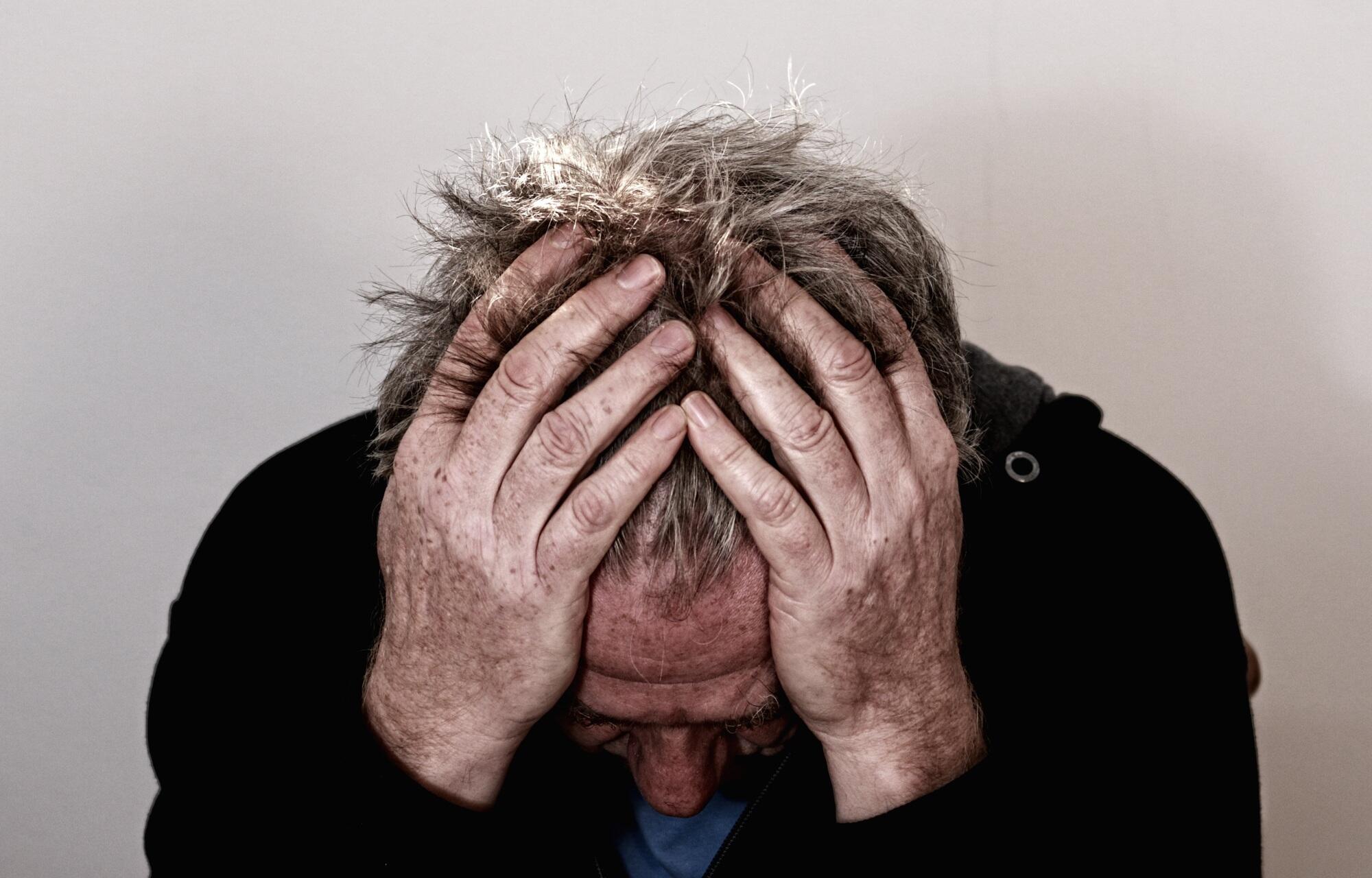
Ear Wax Buildup: When You Should Clean Your Ears

Do you struggle with earwax buildup? Are you wondering how often you should be cleaning your ears?
While many of us regularly keep up with other matters of hygiene, ears are something we often forget. Yet a failure to do so could result in some embarrassing problems.
Here’s what you need to know about how to clean your ears.
Why Do Your Ears Make Wax?
A normal amount of wax can actually help to lubricate and protect your ears.
Earwax also helps to keep your ears clean by keeping things like dirt and dust out of your ear canal. They will trap particles so they don’t get inside. Earwax also has antibacterial properties.
How Often Should You Clean Your Ears?
Ideally, you shouldn’t need to clean your ears that often. If you need to clean your ears, aim for doing it only one to two times a week. If your buildup is heavy, try not to clean them more than once or twice each day.
Most of the time, your earwax will move through your ear canal through motions such as chewing. When it reaches the skin of the outer ear, it will flake off.
Earwax itself gets produced in the outer part of the ear canal. It isn’t made deep within the ear.
How Should You Clean Your Ears?
If you don’t have serious buildup in your ears, all you need to clean them is a washcloth. You can also add things such as baby oil, mineral oil, or glycerin to soften the wax. Ear wax sprays are also available.
In cases of severe ear wax, you may choose to clean out your ears with warm water administered through a rubber-bulb syringe. You’ll need to tilt your head and pull your outer ear up in order to straighten out your ear canal. When you’re finished irrigating, you can tip your head to the side to let the water drain out.
While it was common in the past, cleaning your ears with Q-tips can actually cause more damage. It can actually push wax further into the canal, causing discomfort or even a ruptured eardrum. If problems go untreated, you could even suffer long-term infections or hearing loss.
What Happens If You Don’t Clean Your Ears?
While most ears shouldn’t require regular cleaning, too much earwax could cause a medical condition called cerumen impaction. This condition occurs when earwax completely fills your ear canal. It can happen in one ear or both at the same time.
Earwax buildup is more likely to occur with folks who use hearing aids or earplugs. Those with developmental disabilities are also at a greater risk.
If their condition is left untreated, those with earwax impaction may suffer from hearing loss and irritation. It’s important to have your problem diagnosed and treated right away.
Symptoms of earwax impaction include pain or a feeling of fullness in the ear. You may also experience ringing or difficulty hearing. If you notice a feeling of itchiness, discharge, or odor, your earwax may be leading to a medical problem.
A doctor can diagnose earwax impaction by taking your health history and giving you a physical exam. They may administer a hearing test by looking into your ear with an otoscope.
How is Earwax Impaction Treated?
Your doctor can remove excess wax from your ear by using a small instrument called a curet. They may also use suction while inspecting your ear.
Your doctor may also flush out your ear using a water pick or a syringe with a rubber bulb filled with warm water.
If earwax buildup becomes a recurring problem, your doctor may recommend wax-removal medication. The drops can irritate the delicate skin of your eardrum and canal, so it’s important to use them only as directed.
Who Should Treat Earwax Problems?
If home remedies aren’t working on your earwax problem, you should seek the help of a specialist.
Ear, nose, and throat specialists (ENTs) and audiologists can both remove earwax in their office. If you’re experiencing earwax problems, your primary care physician can either help you in their office or refer you to a specialist.
If you’re seeing a specialist, you’ll want to check with your insurance plan before you visit them. If they’re out-of-network, you’ll want to know how much you’ll be paying out of pocket. Otherwise, you may want to search your plan for a qualified specialist in your area.
How Much Does Earwax Removal Cost?
On average, earwax removal can cost somewhere between $40 and $100. You can have it done at your local drug store’s clinic or pay a bit more at a doctor’s office.
If you don’t have health insurance or have a high deductible, you may want to consider a Health Savings Plan (HSA) to pay for treatments such as earwax cleaning. This will allow you to put aside a certain amount of tax-sheltered money each month to pay for healthcare needs such as cleanings, co-pays, and dental needs.
If your employer doesn’t offer an HSA, you may want to ask them about a Flexible Spending Account (FSA.) This is similar in that you can take home more of your paycheck by putting aside a certain amount of money each month that’s tax-sheltered. It’s different in that it’s owned by your employer rather than you.
Listening Up
If you need to clean your ears regularly, it’s important to make sure it’s done in a safe way. If you experience frequent earwax buildup, your doctor can help get your hearing clear again in no time.
Don’t stop getting smart about your health now. For more healthcare products at a fraction of the price, contact us today.
Related Posts

